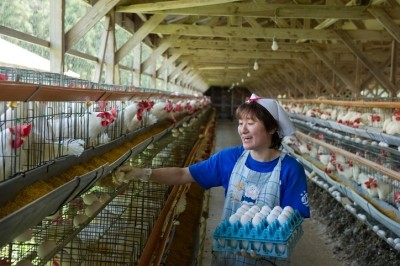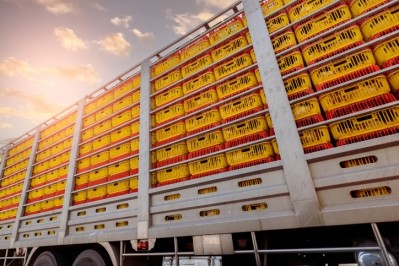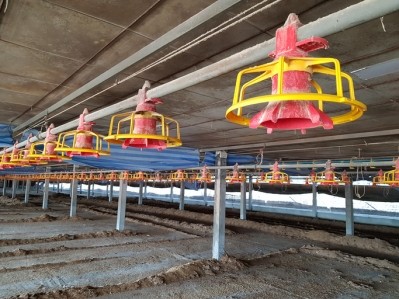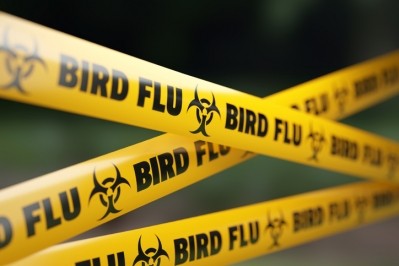Bird flu poses ongoing threat for global poultry sector
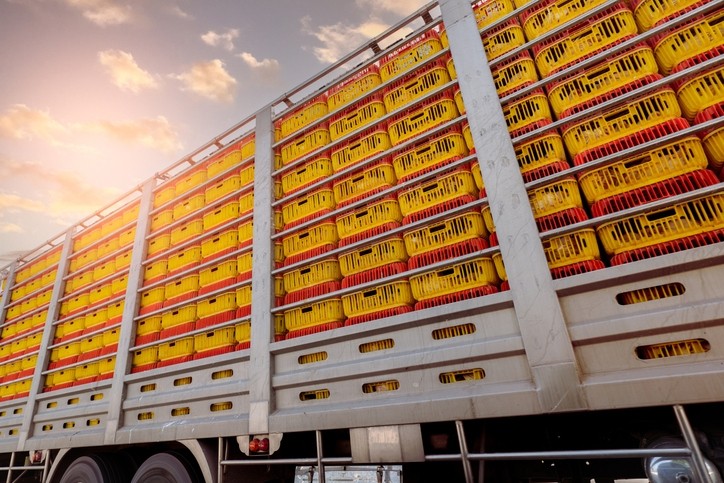
AI or bird flu has continued to spread further into Latin America, getting closer to Brazil’s southern production states, which account for more than 60% of the country’s production, according to Rabobank's poultry quarterly.
“There are outbreaks in Argentina, Uruguay and Bolivia,” Nan-Dirk Mulder, senior analyst, animal protein at Rabobank, told us on call from a conference in Brazil.
As the end of summer approaches the risk of virus spread is expected to increase. However, the vertically integrated nature of poultry production in Brazil, in combination with stricter prevention protocols, could help stem the tide.
A concern for poultry farmers based in South America is the fact there is little in the way of compensation packages for bird losses due to an AI outbreak. “There is also a risk that cases could remain unreported,” said Mulder.
Vaccination trends
AI is a global issue, with EU, the Americas and Asia already affected. Countries like Mexico, China, Egypt, and Vietnam, which have limited exports, have been turning to vaccination programs to control AI in their bird populations.
While the World Organization for Animal Health (WOAH) has also been working to find an international trade solution, for exporting countries, the fear of trade restrictions remains center stage and makes them reluctant to vaccinate poultry against bird flu, according to the Rabobank expert.
If AI hits some of Brazil’s production states, the potential impact on global trade could be big. Major importing countries may choose to change their sourcing. This would result in higher prices, and for some submarkets, like breast and whole birds, there would be insufficient supply, which could have an additional bullish impact on prices, explained the analyst.
Consumer demand
Demand for poultry meat is robust though, certainly in developed markets, according to Rabobank.
At a time when eggs are reaching record-high prices globally and competing proteins like beef and pork are expected to remain expensive in most markets, demand for poultry meat – the cheapest animal protein – remains strong.
At the same time, soaring prices amid weaker economic conditions are leading to some demand erosion in markets with sizable populations of low-income consumers. “This is happening in Africa and Asia in particular, where consumers are returning to cheaper, traditional plant-based protein sources.”
Operational challenges persist
Although performance varies between regions, in most places the focus in the coming period should return to the operational side, said Mulder, given ongoing high and volatile feed and energy costs, limited availability of breeding stock, high construction costs, labor issues, as well as the disease risk.
"Over the course of the year, we expect soybean and corn prices to drop 5% to 10% compared to Q1 2023 levels, mainly driven by expectations of good harvests in Brazil and eastern Europe and improving US forecasts. This will provide some relief for producers but will still mean historically high feed prices in most regions,” said the analyst.
Poultry producers that can optimize ingredient procurement and develop cost-saving feed formulation strategies will best manage market challenges going forward, he maintains.
Meanwhile, energy prices, which have been volatile, depend on developments in the Russia-Ukraine war and competition for liquefied natural gas in global markets, especially once China’s economy normalizes following the removal of Covid-19 measures, noted the report.
